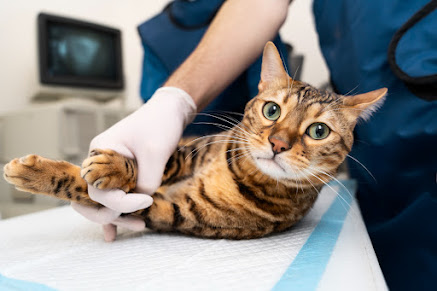Are African Grey Parrots the Smartest Birds on Earth?
Description and Varieties:
There are two main subspecies of African Grey Parrots: the Congo African Grey (Psittacus erithacus erithacus) and the Timneh African Grey (Psittacus erithacus timneh). The Congo African Grey is larger in size and sports a striking gray plumage, while the Timneh African Grey is slightly smaller with a darker charcoal-gray coloration.
These parrots possess a unique appearance with their sleek bodies, short tails, and distinctive red tail feathers. Their eyes are bright and inquisitive, and their powerful beaks are adapted for cracking nuts and seeds. They also have strong feet, which enable them to grasp objects with great dexterity.
Intelligence and Problem-Solving Skills:
What sets the African Grey Parrot apart from many other avian species is its remarkable intelligence. Studies have shown that these parrots possess an extraordinary ability to learn and understand complex concepts. They have been observed solving puzzles, recognizing shapes, and even demonstrating a rudimentary understanding of numerical concepts.
One of the most impressive aspects of their intelligence is their ability to mimic human speech and sounds. African Grey Parrots can imitate a wide range of vocalizations, including words, phrases, and even entire conversations. They can mimic various sounds in their environment, such as ringing phones, doorbells, and even the sounds of other animals. Their vocal mimicry is so accurate that it can be challenging to distinguish their imitations from the original source.
Communication and Emotional Bonding:
In addition to mimicry, African Grey Parrots have a sophisticated system of communication. They use a combination of vocalizations, body language, and expressive eye movements to convey their intentions and emotions. They are known to form strong bonds with their human caretakers and can become deeply attached to them. Their ability to communicate and form emotional connections is a testament to their high social intelligence.
Conservation Status and Threats:
Sadly, the African Grey Parrot faces numerous threats in the wild, which have led to a decline in their population. Habitat destruction, primarily due to deforestation, is one of the primary reasons for their declining numbers. The illegal pet trade has also had a devastating impact, as these parrots are highly sought after for their intelligence and ability to mimic human speech.
Conservation efforts have been implemented to protect the African Grey Parrot, including habitat preservation, captive breeding programs, and international trade regulations. However, continued awareness and enforcement are necessary to ensure their long-term survival in the wild.
Caring for African Grey Parrots:
For those fortunate enough to have an African Grey Parrot as a companion, providing appropriate care is essential. These birds require a spacious cage with plenty of room to exercise and explore. They also need mental stimulation through interactive toys, puzzles, and regular social interaction.
African Grey Parrots have specific dietary needs, including a variety of fresh fruits, vegetables, and high-quality pellets. Nuts, seeds, and treats should be offered in moderation to prevent obesity. Fresh water should be available at all times.
Regular veterinary check-ups are crucial to monitor the bird's health and detect any potential issues early on. Proper hygiene, including regular cleaning of the cage and accessories, helps maintain their well-being.
Conclusion:
The African Grey Parrot is an extraordinary creature that continues to fascinate researchers, bird enthusiasts, and pet owners alike. Its intelligence, mimicry skills, and ability to form deep emotional bonds make it a truly remarkable species. However, their declining population in the wild highlights the importance of conservation efforts and responsible pet ownership to ensure their continued existence for generations to come. The African Grey Parrot stands as a testament to the wonders of nature and the incredible diversity of life on our planet.






